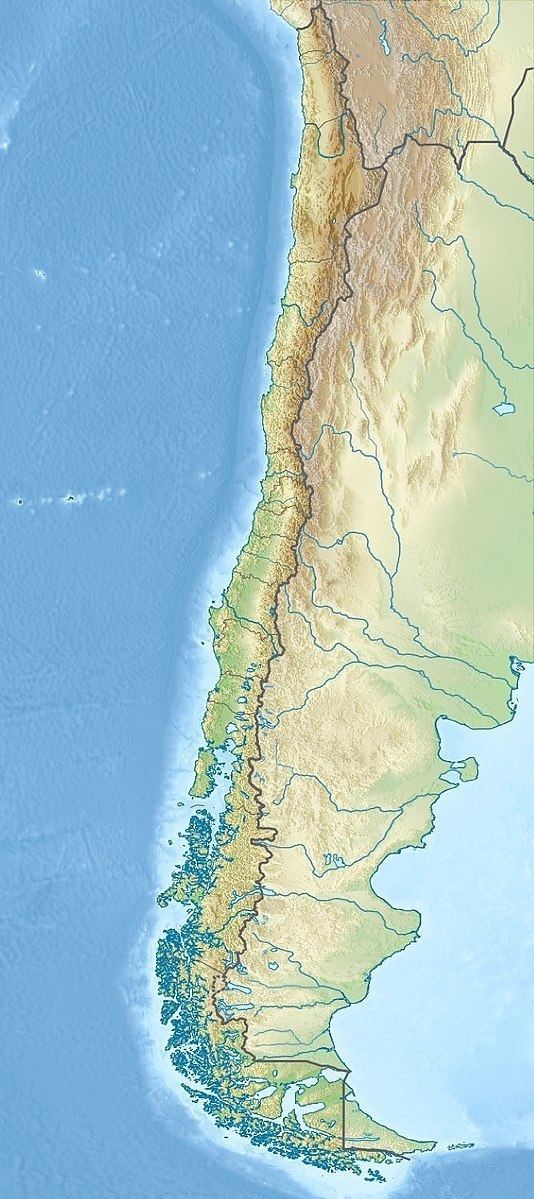Order Anura Higher classification Telmatobius | Phylum Chordata Family Telmatobiidae Scientific name Telmatobius pefauri Rank Species | |
 | ||
Similar Telmatobius, Frog, Amphibians | ||
Telmatobius pefauri is a species of frog in the family Telmatobiidae. It is endemic to Chile and only known from its type locality, Murmuntani, in the Arica y Parinacota Region, extreme northern Chile. Common name Arico water frog has been coined for it. Known only from the holotype collected in 1972, it is feared that it might already be extinct.
Contents
Etymology
The specific name pefauri honours Jaime Péfaur, a Chilean ecologist and herpetologist and colleague of the authors who described the species.
Description
The holotype, an adult female, measured 75 mm (3.0 in) in snout–vent length. The head is large and the body is robust. The eyes are relatively large, positioned far forward on the head, and oriented forward. The tympanum is not visible. The fingers are long and have lateral fringes but no webbing. The hind limbs are long, with long and moderately webbed toes. The dorsal skin is smooth apart from few, scattered tubercles. However, the flanks have many small tubercles. Dorsal coloration is olive-brown with distinct, darker brown spots and mottling; the ventral surfaces are grayish white, while the anterior surfaces of thighs yellow-orange.
Habitat and conservation
The type locality is a small high-altitude (3,200 m (10,500 ft) above sea level) stream without vegetation. The species is fully aquatic; the holotype was found at night underwater in a half-meter deep stream pool.
Telmatobius pefauri is threatened by habitat loss extraction of water from streams for cattle ranching and human use. Cattle might also impact the streams. Despite several attempts to find it, it has never been seen again after it was first collected in 1972. This "Critically Endangered" species might already be extinct.
